18 ways to speed up an older, slower Mac
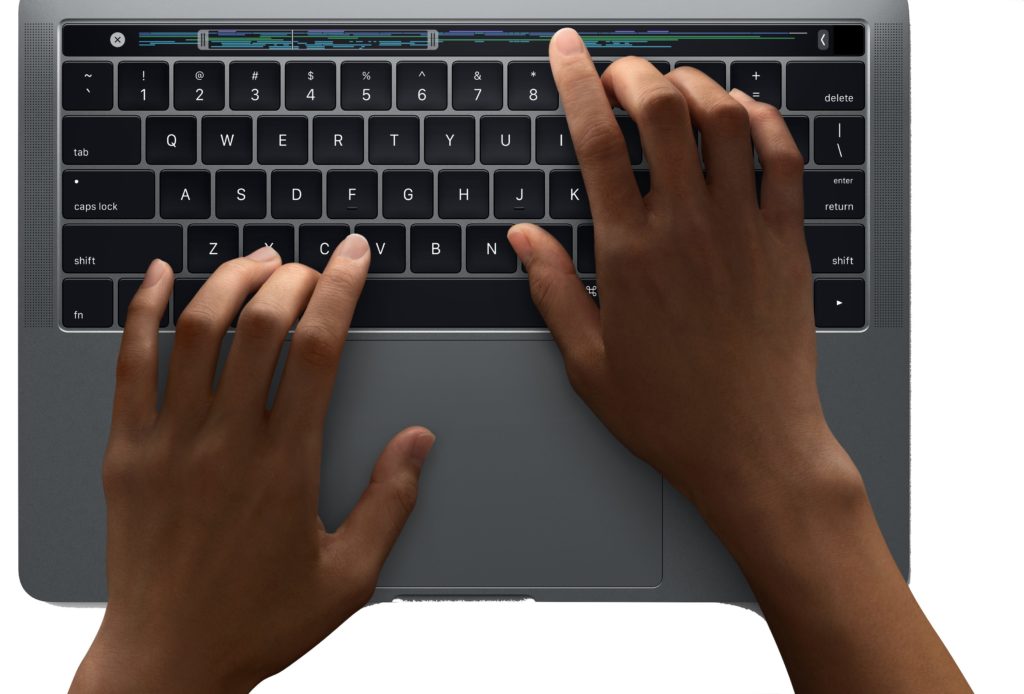
Apple is expected to introduce new Macs soon, but if you’re trying to get more out of an older Mac here are 18 tips to help you speed that old Mac up.
#1:Before you begin
Backup everything and if you are seeing sluggish performance from a Mac you’ve just upgraded, then remember it can take a while for an updated Mac to rebuild its Spotlight index. That index is important as it’s how your Mac finds things for you when you use the magic of the Command-Space keyboard press. (More recent OS versions have less of a problem with this, but it depends where you are).
#2: Restart
Mac slowdown blues hit ya? Try tapping Restart before you try anything. So much of the time your Mac just needs a little kick to boost performance.
#3: Update your Mac
There is no reason not to keep your Mac up-to-date. There is no reason not to keep your Mac up-to-date. There is no reason not to keep your Mac up-to-date. There is no reason not to keep your Mac up-to-date. But there are lots of reasons to do so:
- Mac software updates solve security problems
- Mac software updates fix bugs
- Mac software updates repair performance problems.
Always check you are running the most recent version of your operating system, or migrate to Mojave if your Mac supports it.
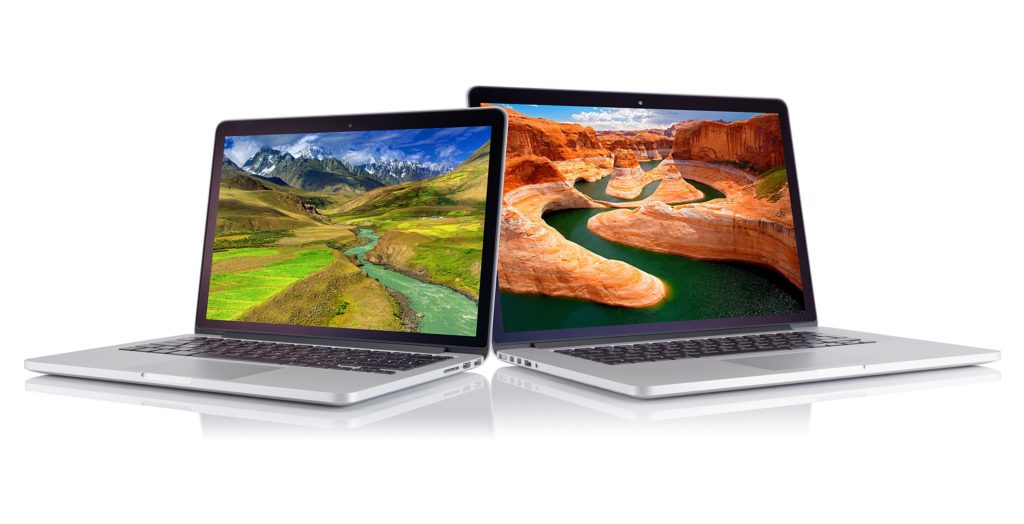
#4: Repair Disk Permissions
Tap Command-Space and type ‘Disk Utility’, tap Return. In the application that appears select your Mac volume and then tap First Aid. This runs an application that checks your Mac’s disk system for errors (such as misfiled software or moribund system calls) fixes these and gets things working again. It’s like an oil change in an old car.
One more thing: If you are running OS X El Capitan or later there is no need to do this, as this kind of repair already happens automatically in the background.
#5: Put photos in the cloud
Ask yourself which is cheaper: An extension to your iCloud storage so you can put all your images in the cloud, or a new Mac? Or use Dropbox? Bottom line: Store your images in the cloud and on an external drive and use all that free disk space productively, while enjoying a slightly faster Mac.#6: And update your apps
Don’t forget to update your apps, too.
#7: Change the Dock effects
If you use the Dock (switch it off in System Preferences>Dock) there are a few items you can change:
- Turn Minimize windows using to Scale effect.
- Uncheck Animate opening applications.
- Uncheck Magnification.
- Uncheck automatically hide and show the Dock.
These little changes can help boost an ancient Mac.
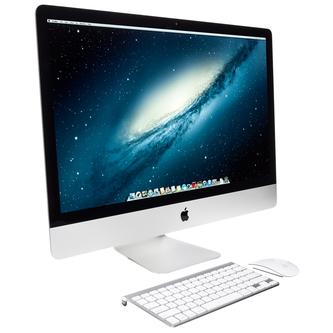
#8: We need less transparency
In this one case the Mac does not reflect our politics. We may need more transparency at the top, but the Mac does not. Give it a tiny performance boost by opening System Preferences>Accessibility>Reduce Transparency.
#9: Accessibilty Settings can help
Open System Preferences>Accessibility, open the Display tab and ensure the following are ticked:
- Reduce motion
- Reduce transparency
The user interface will get a little boring, but everything should work a little better.
 #10: Cut those app launches
#10: Cut those app launches
Does your Mac launch a number of apps when it starts up? Do you always need to use them, or only sometimes?
If the latter then you should jump inside of your System Preferences>Users & Groups and take a look inside your User account (you may need to unlock this using the padlock at the bottom left).
Now tap Login Items and take a look at the apps you have starting up there.
Check the box by each app to get rid of these and your Mac will start up faster.
#11: Limit open browser windows
Safari windows use up memory. When you have multiple windows open you will eventually hit performance problems, particularly on older Macs equipped with limited RAM. Try to close those Safari browser tabs when you are done using them.
Oh, and if you are using lots of browser extensions, get rid of most of them. They eat memory too and are often full of nasty ads trackers.
#12: Empty Safari Cache
Open Safari>Preferences>Advanced and enable Show Develop Menu in Menu bar.
Now in Safari look to the new to you Develop item in the Menu and select Empty Caches in the dropdown list. You may need to enter some passwords again, but thankfully you have already enabled Keychain in iCloud, right?
#13: Close unused apps
Apps use memory too. Even the ones that are active in the background. Solution? Quit the apps you are not using, or Force Quit and Restart your whole system to flush all the contents of your Mac’s memory. Though do make sure to save everything first.
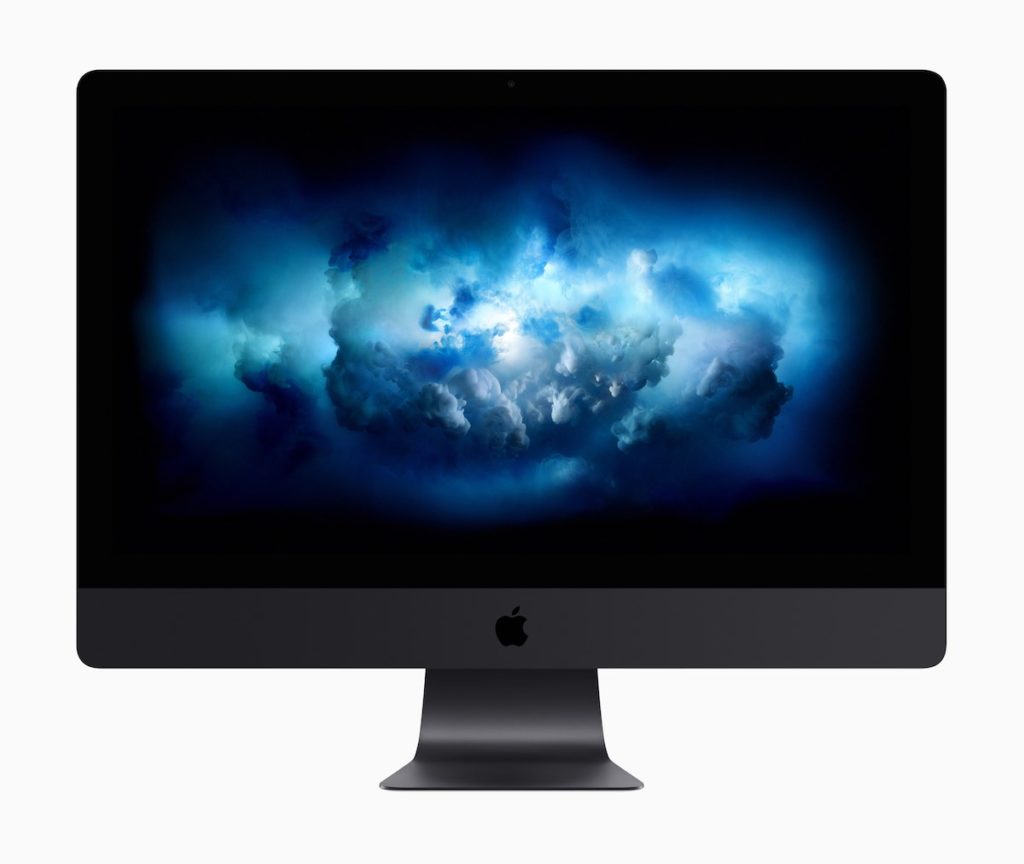
This isn’t the oldest Mac around
#14: Sort your Desktop
I love Mojave because it keeps my Desktop tidy and because I know that (particularly on older Mac operating systems) each one of those Desktop icons use up a little memory, which has a small but (eventually) noticeable impact on performance. The solution? Tidy them, delete stuff you don’t need, and/or use an app like Declutter, which does what Mojave does on older Macs.
#15: Use Apple’s storage management tools
Non-Apple apps you don’t use? Images you don’t need? Documents and other items eating up disk space? Back up to an external drive or cloud-based service and then delete them. Be wary not to delete an Apple app without absolutely double-checking it is fine to do so. If you are running High Sierra or later then do use this feature:
- Apple Menu>About this Mac
- Tap Storageat the top
- Tap Manage
- Now enable Optimize Storageand Empty Trash Automatically
- The click Reduce Clutter>Review Files
And browse through the bigger ones, deleting those items you no longer need.
[amazon_link asins=’0452295831′ template=’ProductCarousel’ store=’9to5ma-20′ marketplace=’US’ link_id=’6a9c7125-d3c7-11e8-b5a9-4724db26e1d2′]
#16: Activity Monitor is your friend
Tap Command and Space and then type Activity Monitor and hit Return. Boom. Welcome to Activity Monitor. This application is your friend and will show you any programs that may be active on your Mac which are eating up processor (CPU) or memory time. You’ll find way more information than most users need, but if you do see any items that are eating up memory you should close them. (Hint: I often find rogue websites that are simply devouring huge amounts of memory in a Safari tab are to blame for temporary performance flaws).
#17: Switch off Mail
I find that Mail can be a memory hog once your mail archive grows beyond a certain size (big, but I don’t know how big). I’d like Apple to do something about this, but as a little general advice, if you find your Mac slowing down and Mail is open, try Quitting it – you can always open it next time you want to check for messages, and you will at least find out if Mail is impacting performance.
#18: Useful third party software
Install Malwarebytesto check you haven’t got any nasty bugs – they may not be doing too much damage, but they could be using up valuable processor time.
And absolutely install Onyx, which will help you by running maintenance tasks (which keep your Mac happy) and perhaps get rid of unwanted user caches – this will help boost performance on older Macs.
Sure hope these tips help. Now go visit LowEndMacfor more ideas.
Got a story? Please follow me on Twitter and join me in testing my MeWe group, AppleHolic’s bar & grill.
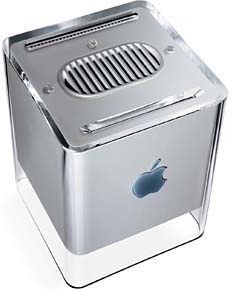 #10: Cut those app launches
#10: Cut those app launches

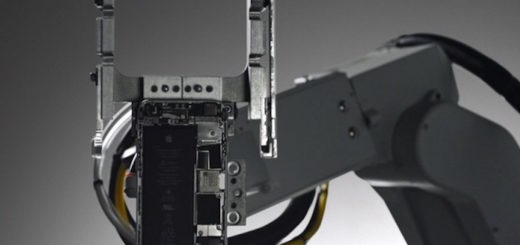


Keeping your Mac up to date is a leading cause for disaster if you are like most folks who don’t check for compatibility issues first. For example our office uses Canon copiers with Fiery RIPs and they don’t have Mojave compatible drivers for them yet if ever. You update and there goes two times $90,000. We also run QuickBooks 2016 and would have to upgrade each user to QB 2018 at about $220 a user. We also have scanners not supported by Mojave and the new ones that are ready are $480 each. We have classic Mac Pros with NVIDIA video cards in there – no support yet, do they would run super slow. I’ve had clients update to much newer OS and apps, compatible but now the machine, an iMac is too slow to use for production. No SSD and insufficient GPU.
Photos on the cloud is very slow compared to an external hard drive and is only recommended for laptops where carrying and external drive is impractical. It tends to be only useful for sharing with others. A cheap USB 3 drive is cheap and fast enough for most folks running out of internal drive space and it is easy to move your Photos library to the external volume. In fact with the help of PowerPhotos you can switch between many libraries to keep massive collections under control.
Onyx is for specialists. you can really break things with it. Its supposed performance boosts (just like the ones in this articles) are minimal.
The biggest boost for older systems is to add memory to the max, and replace the harddrive for an SSD.
I’ve two 2011 iMacs that my kids are using. I’m on a 2012 iMac myself that I beat the crap out of with extensive iMovie work. These are all still performing quite well. Some older 2009/2010 macbook pro’s that I use for crash&burn upgraded with memory and SSD.. those make great internet terminals.
Yearly “50 tips to make it quicker” is a recurring Windows thing. They’re still not able to improve the os performance. I don’t need it.
Malwarebytes is good but beware that the Premium edition with real time protection will use a significant amount of your CPU time. May be worth it if you are the type that allows a lot of malware onto your computer. Don’t believe in a web page that says your Flash Player is out of date. MacKeeper is malware and your Mac most likely is not infected with viruses that this website can fix.
Thanks for the help my mac is working fine now. the speed has improved. I would recommend newbies to check out https://macinfo.us/ for more tips on MAC ios and it’s use.